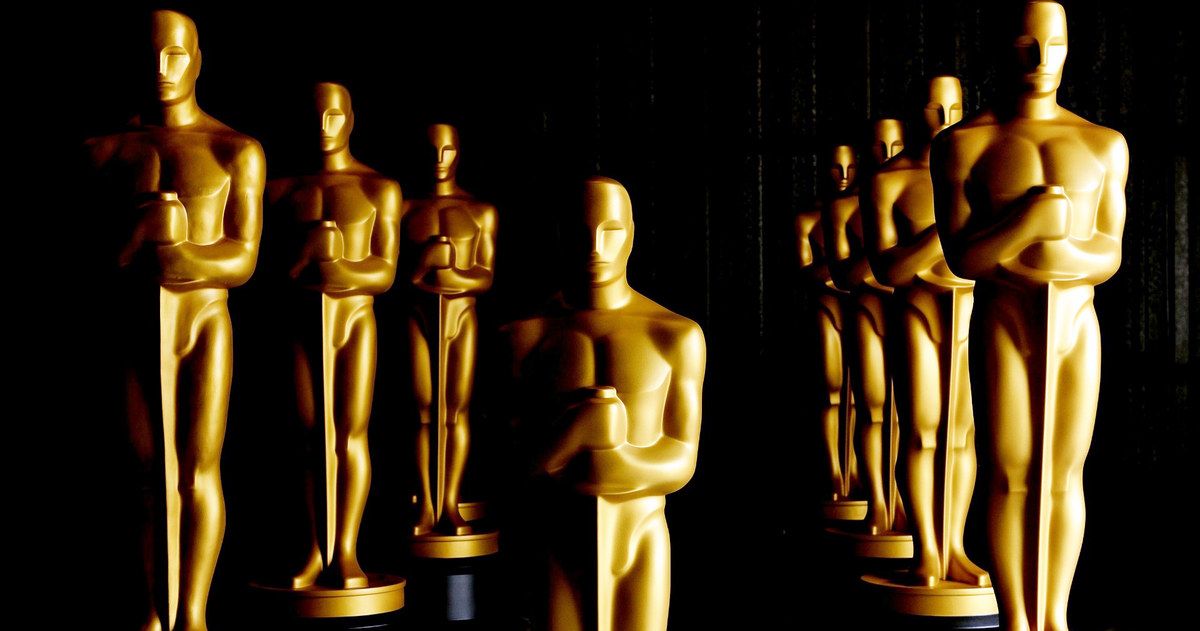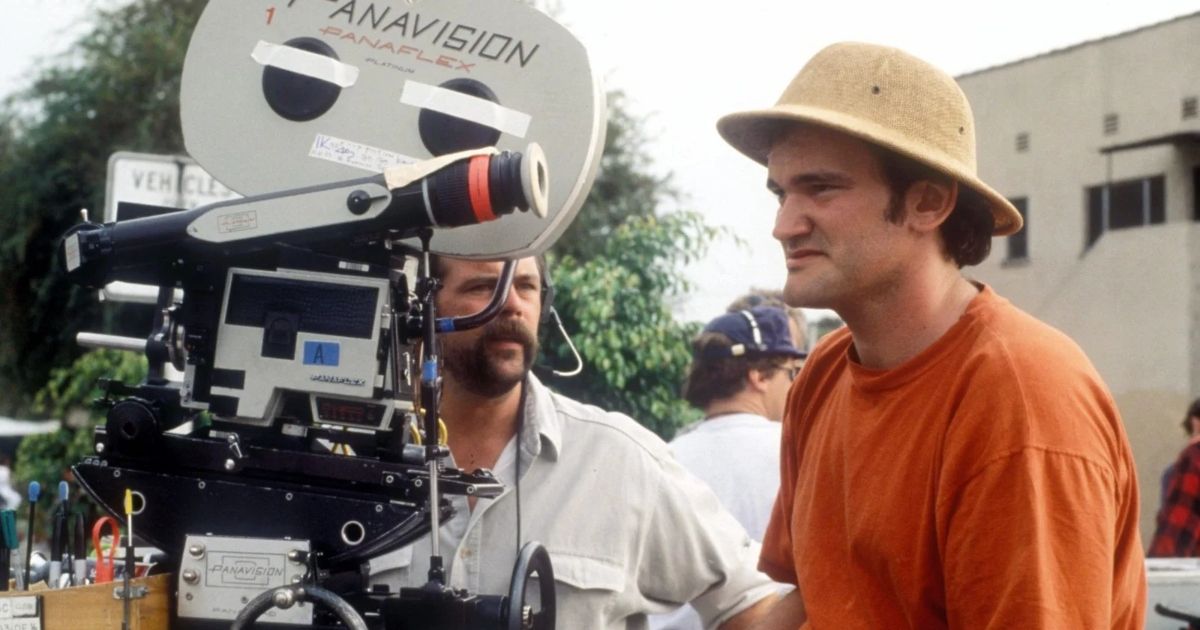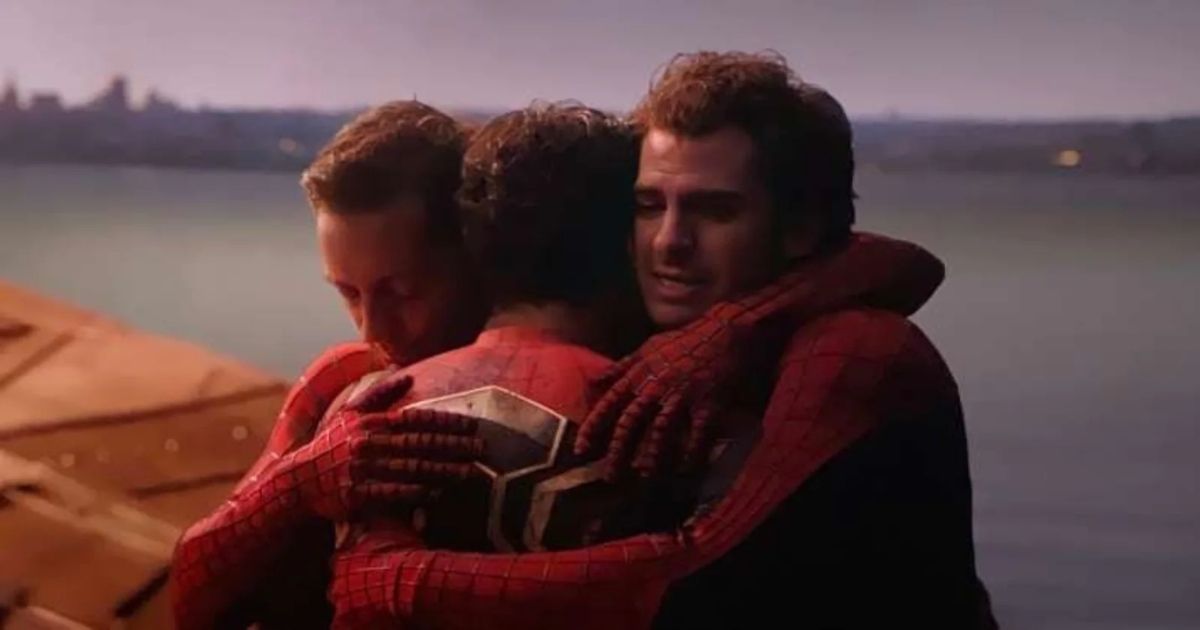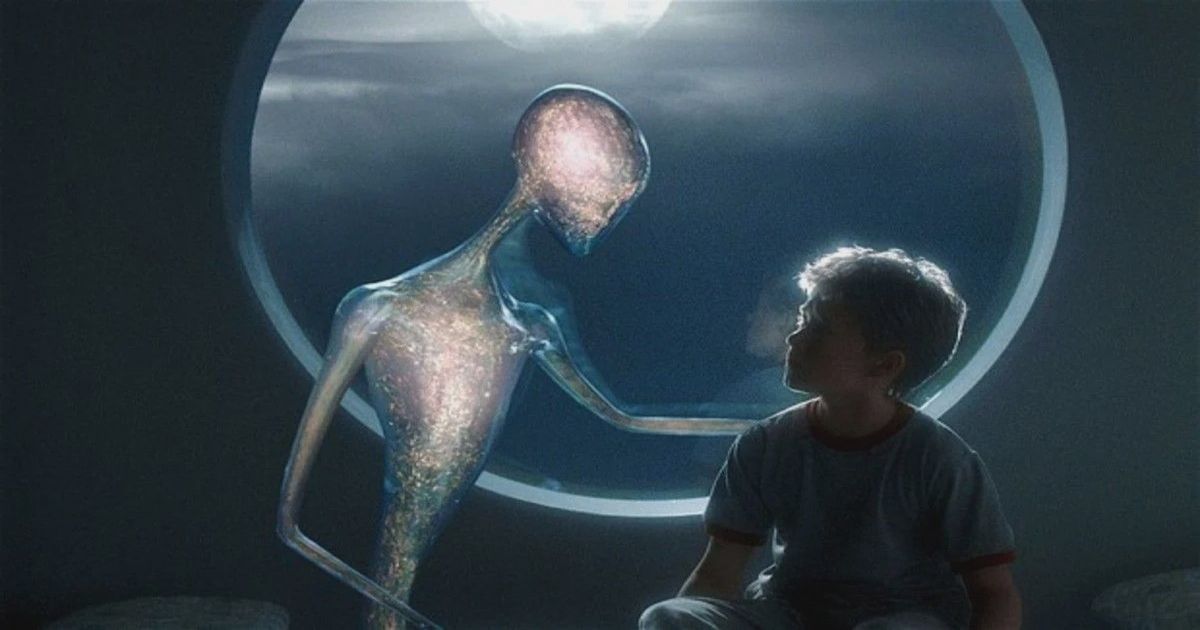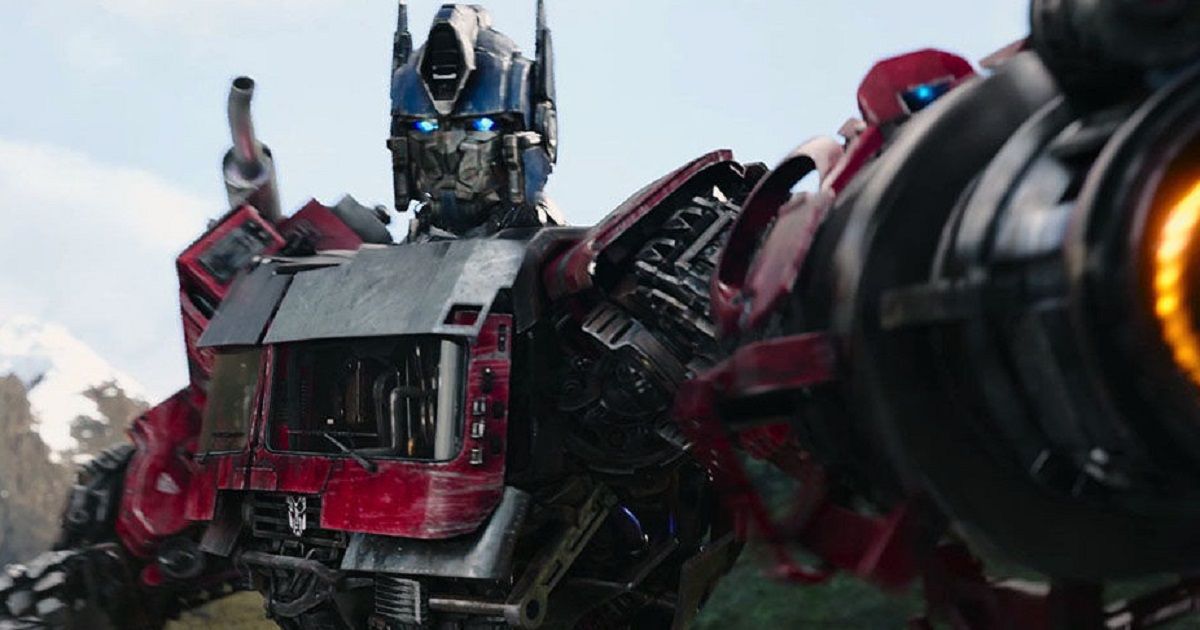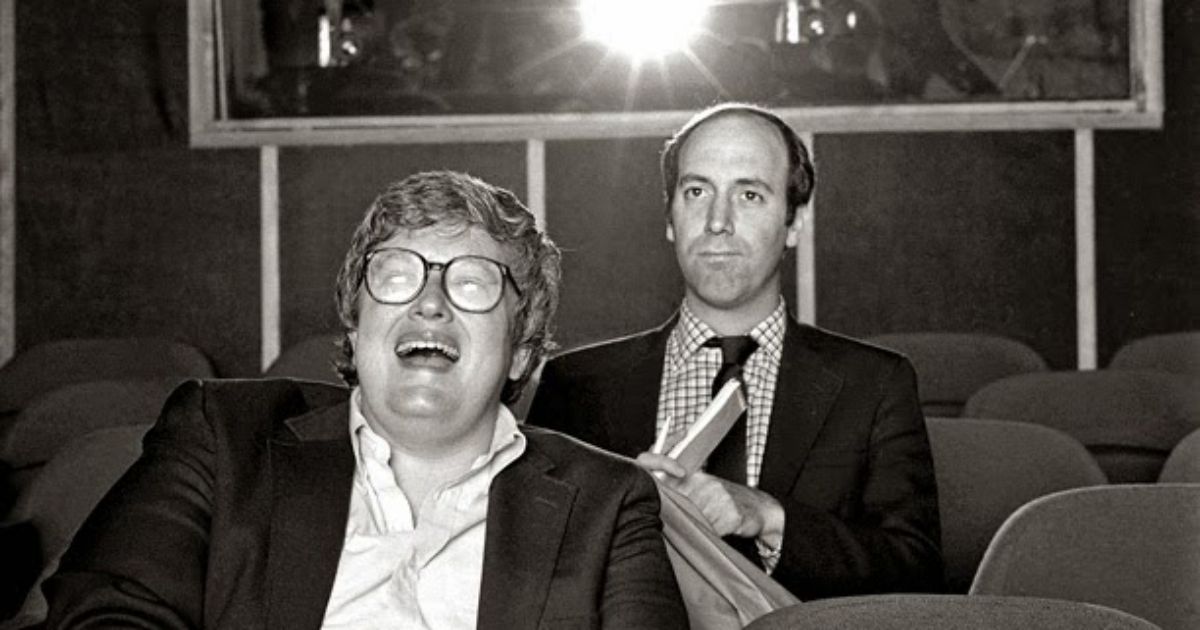Hollywood seems to be defined by its Golden Age. Filmmaking has gone through evolutionary states from the early days of silent film to the critically explosive 1990s. While audiences have seen some technological achievements in the way filmmaking has been viewed and produced, there has been somewhat of an artistic standstill after the turn of the century, and mainstream cinema is seen as far less respectable as it once was.
Since the 2000s, the movie experience has not been the same. In addition, the art of story diminishes by the year. The Academy Awards have lost their stature and Hollywood is looked at as an elitist club with no substance or voice. So what happened? The answer lies on both sides of the screen.
Tradition and Prices
Cinema’s inception brought with it a bit of sophistication and class. Going to the movie theater was an event for most of the early days of cinema; they wouldn't even allow popcorn in at first, that's how classy it used to be. The red velvet curtain has become a blank silver screen. The prestige is no longer an option. It has been replaced by leather seats with two cup holders. Going to the cinema was not just a side venture to kill time, it was an art form. One would get dressed up for an evening time out and enjoy newsreels and cartoons before a feature… sometimes a double feature, sometimes an all-day affair.
Audiences would use the moviehouse as a means of escapism during the era of depression and war. Seeing performers like Gene Kelly and Judy Garland dance and sing the day away would brighten the world around the viewer for just that brief moment. In addition, there is a joint communal experience in watching a movie with a respectable crowd. Iconic filmmaker Quentin Tarantino told Stephen Colbert his thoughts of the moviegoing experience on The Late Show while promoting the novelization for his film Once Upon a Time in Hollywood:
“When a movie comes out that you’re interested enough to see and it makes you leave your house and buy a ticket [...] and you sit down and you have an experience [...] with a bunch of strangers and at that moment, once the movie gets going, once the lights are down, you become a collective [...] when you have a good experience, it's not always a good experience, but when you have a good experience, those are the things that stay in your mind and that you remember for the rest of your life and they become indelible, indelible snapshots.”
In this day and age of streaming and convenience, the theater is just not a first choice anymore. From obnoxious moviegoers on cell phones to overpriced tickets, popcorn, and even water bottles, it makes sense that streaming has become how many people watch films. However, according to Tarantino, the communal experience in a movie theater is unlike anything in the world.
Too Many Options
Theaters today have tried to recreate the at-home experience with comfy seats that have more space, along with alcohol and more food options. However, as Broadway proves, there is nothing wrong with packing audiences into a large theater. The Broadway method is a luxury and something audiences have to prepare for. Now, since the age of convenience is taking over the movie industry, audiences have too many options and none prevent them from leaving their homes.
There are dozens of streaming services available to watch just about anything at any time, even on your phone or computer. While this is nice and convenient, it also makes the viewing of films less valuable. Films were not meant to be viewed on a cellphone, especially those produced in Hollywood’s Golden Age. However, that is the main platform that audiences are viewing films; over 60% of media is now watched on a phone.
Streaming on a phone, tablet or smart TV is just how people view movies nowadays, and this has since lost the film industry a bit of its luster. The studios are formulating miniseries to accommodate the streaming experience. Today, we are seeing this new way of filmmaking that is trying to placate the audience. But sometimes tradition isn’t always broken.
Imitation
Perhaps the most famous example of imitation in film is Steven Spielberg’s attempt at a Stanley Kubrick style story in A.I. Artificial Intelligence in 2001. Some might call it an homage to Kubrick’s style of ominous and chilling tales about the human condition. However, some have criticized Spielberg’s attempts at ascertaining a style of filmmaking that is near impossible.
Stanley Kubrick is one of the greatest directors of all time. Many have tried to utilize his style of filmmaking to tell their story, but the most notable examples are A.I. and the most recent sequel to The Shining starring Ewan McGregor, entitled Doctor Sleep. Director Mike Flanagan understood horror and had established his own style of filmmaking, and Doctor Sleep was his way to combine his style with Kubrick’s already established narrative. It worked, but it still did not feel like Kubrick… because it was not Kubrick.
In a similar sense, filmmakers are trying to implement nostalgia and familiarity into films today because of audience expectations. Fans growing up in the 80’s specifically have seen some of the most explosive films of all time. From Back to the Future, Ghostbusters and Star Wars, what is not to love about this era? These child-like experiences have engraved expectations that are never met. We are now waiting for that one big moment that could be used as clickbait or the heading of a scathing review.
Movies are now about moments, not stories. These moments are fueled by nostalgia and audience expectations. We are waiting for the moment we always see coming. Sometimes it works as seen in Spider-Man: No Way Home's nostalgic moments, which beautifully combined three different generations of Spider-Men and even continued some of their story arcs. But even with this film, it was all about the buildup and audience expectations, which would have tarnished the film if that big moment had not been there.
What We See, Not Why We See It
We are in the age of superhero films and have been since 2008. The difference between now and the day of Iron Man and The Dark Knight’s release is commercialism. Of course these films are made for a younger audience and to sell merchandise and add more to the brand. But the issue with the overabundance of spectacle films is that spectacle is replacing story. In all fairness, these films make a ton of money. They bring in large crowds because audiences love seeing familiar characters in explosive situations. But the art of film is being lost in visual effects.
Modern classics are going under the radar because of the overabundance of lifeless spectacle features. CGI is at the forefront, not the story. In franchises like Transformers, that seems to prove effective, as most films in the series have grossed the most amount of money in cinematic history at the box office. So is this really what we want? Is this what cinema has become?
There is hope! The formulaic model of getting bigger and more technologically advanced has since tired out. The biggest criticism of the latest Avatar film was that it was too focused on the stunning visuals but was a bit hollow on its story. While the film made an enormous amount of money, fans were left unfulfilled in terms of characterization and purpose of the film’s existence after all these years since James Cameron’s first Avatar. Nevertheless, criticism and dialogue is what drives the film industry down the highway.
Cynicism and Criticism
The days of lighthearted debate and conversations with Siskel and Ebert are long gone. It’s now trendy to be negative. In a world of clickbait and headlines, negativity draws attention. We are obsessed and intrigued by opinions nowadays. Specifically as it pertains to film, it seems to be more about the buildup and the conversation. In an infamous interview between Quentin Tarantino and Krishnan Guru-Murthy on Channel 4 News, Tarantino describes how the filmmaking world has embraced dialogue and conversations, especially his films:
“Especially in a world like today where you actually have the internet and anybody could speak publicly which was not the case before. So now somebody actually writes a review for the movie and they like it, then you read the comment section and some people who don't like it attack them and say their saying. Somebody who doesn't like the movie writes a blog about it and the people who like the movie hold them to task in the comment section. That’s an actual dialogue.”
What made this interview so noteworthy was Krishnan Guru-Murthy’s thoughts on violence in film and how it connects to real violence. Tarantino did not budge in standing firm to his conviction. As the dialogue and conversation around film has been able to reach the entire world with the internet and social media, so do labels and misunderstandings. Films labeled as violent and graphic could reach audiences around the world and the hate could tarnish the film and set preconceptions.
Ratings, reviews and rehashed debates could truly harm a film upon its release. The internet has opened up endless outlets for debate and conversation. But it is those headlines and societal expectations which affect the viewing experience indefinitely. Film is meant to be subjective and unpredictable. But in a world where we have trailers which announce and open trailers, audiences are now being spoon-fed everything. They have ultimate authority over a film’s success by a simple push of a button and a tweet heard around the world. It's a feedback loop, and the result is the death of cinema.

